Jian Liu
Forsker
(+47) 464 22 528
jian.liu@nibio.no
Sted
Ås - Bygg O43
Besøksadresse
Oluf Thesens vei 43, 1433 Ås (Varelevering: Elizabeth Stephansens vei 21)
Biografi
I am a soil and water researcher working on agricultural effects on the environment. By combining research approaches of experimentation, modeling and data synthesis, I study drivers and processes controlling nutrient losses from land to water (and air) at soil core to catchment scales and explore mitigation measures to reduce the losses both at source and during transport. I have research experience in Norway, Sweden, Canada, USA and China. While my current research activities can be found on this webpage, my past research experience included: (1) water and nutrient transport from both surface and subsurface pathways, (2) climate and management effects on nutrient losses, (3) management of soil nutrient, fertilizer, manure and biochar, including place-based phosphorus management (variable rate applications), for crop production and environmental protection, (4) effects of crop management, including cover crops and crop residues in combination with tillage, on water and nutrient cycling, (5) drainage and irrigation in paddy and horticulture systems, and (6) field and catchment phosphorus modeling. Through collaborations with other researchers, students and stakeholders in many countries, my research has also involved soil health, crop production, greenhouse gas emissions, and generally sustainable agriculture.
Forfattere
Jian Liu Hilmar Tor Sævarsson Marianne Bechmann Tore Krogstad Tomas Persson Anne Falk ØgaardSammendrag
Det er ikke registrert sammendrag
Forfattere
Jian Liu Faruk Djodjic Barbro Ulén Helena Aronsson Marianne Bechmann Lars Bergström Tore Krogstad Katarina KyllmarSammendrag
Det er ikke registrert sammendrag
Sammendrag
Det er ikke registrert sammendrag
Forfattere
Yilai Lou Liangshan Feng Wen Xing Ning Hu Elke Noellemeyer Edith Le Cadre Kazunori Minamikawa Pardon Muchaonyerwa Mohamed A. E. AbdelRahman Erika Flavia Machado Pinheiro Wim de Vries Jian Liu Scott Chang Jizhong Zhou Zhanxiang Sun Weiping Hao Xurong MeiSammendrag
Det er ikke registrert sammendrag
Sammendrag
Agricultural sustainability is threatened by both water deficit and water excess, especially at the presence of extreme meteorological events resulting from climate change. However, there has been lack of demonstrations on management options with long-term values for agricultural adaptation to runoff. Using 20 years of monitoring data (1993–2012) for two experimental fields in the Canadian Prairies as a case study, we quantified the effects of rainfall characteristics, crop type and biomass, and tillage on growing-season runoff generation using regression analyses and thereafter scenario comparisons. With growing-season gross rainfall ranging between 183 and 456 mm, runoff responses varied between 0 and 59 mm. Over the 20-year study period, 70%–74 % of the growing season runoff was generated by rainfall events >100 mm. Compared to high-intensity tillage, long-term conservation tillage reduced both overall runoff and runoff in large events likely by improving water infiltration. Under both tillage methods, growing-season runoff significantly increased with increasing rainfall but decreased with increasing biomass (R2 range: 0.40–0.58; p range: 0.0007–0.02). At the event level, the rainfall-runoff relationship followed a piecewise regression model (Cd ¼ 0.82; p
Sammendrag
Det er ikke registrert sammendrag
Forfattere
Yinghua Yin Shufang Guo Qiyu Xu Jian Liu Hongyuan Wang Yanhua Zhuang Zhen Wang Lingling Hua Hongbin Liu Limei ZhaiSammendrag
Optimizing manure use and reducing chemical fertilizers are crucial for achieving the Sustainable Development Goals. However, optimal manure redistribution for cropland yield, nitrogen emissions, and greenhouse gas benefit remains unclear at large spatial scales. Here, we employed genetic algorithms and meta-analysis to obtain an optimal substitution rate for major crops in China. This could reduce synthetic nitrogen use and reactive nitrogen pollution by 13.3 and 2.0 Tg, cut ammonia and nitrous oxide emissions by 15.6% and 16.2%, and lower nitrogen runoff and leaching by 32.9%. The yield of eight major upland crops could be increased by 2.0-19.5%. The strategy involves relocating about 255 million pig equivalents, with 32.3% moved across provinces, mainly from central to northern and northeastern China. An estimated US$6.1 billion investment in livestock relocation could yield US$25.9 billion in benefits.
Forfattere
Jian Liu Hilmar Tor Sævarsson Marianne Bechmann Tore Krogstad Tomas Persson Anne Falk ØgaardSammendrag
Det er ikke registrert sammendrag
Sammendrag
Water quality degradation is a major issue in Mediterranean regions, but identifying the key natural and human drivers remains challenging, requiring large–scale studies for meaningful synthesis and comparison. This study analyzed a vast Mediterranean dataset spanning 89,015 across 15 Iberian river basins along a climate gradient (cooler-wetter north to warmer-drier south), 3 decades, 3441 stations, 19 parameters, and 15 million observations. It is the first study of this scale in the region, utilizing custom scripts for automated data compilation and processing. The study revealed an evident north–to–south water quality decline, with rising electric conductivity, pH, total suspended solids, nitrogen, phosphorus, organic carbon, and sulphate, alongside reduced dissolved oxygen and transparency. This pattern correlated with the latitudinal climate gradient and intensified agriculture in the south (Pearson correlation coefficient: 0.1 to 0.53; Spearman's rank correlation coefficient: 0.17 to 0.56), while increased forest cover had a mitigating effect (Pearson: −0.50 to −0.07; Spearman: −0.51 to −0.10). Multidecadal trend analysis revealed a shift around 2005 with most parameters decreasing, except for nitrate and phosphate, which rose likely due to the 2004/05 drought reducing river dilution and expanded irrigated agriculture, especially in Alentejo with the Alqueva reservoir. These findings are crucial for guiding future national management actions and pollution reduction initiatives in Mediterranean regions, aligning with the European Commission's “European Green Deal” that targets a 50 % reduction in nutrient losses to make agriculture more environmentally sustainable, and also provide a valuable reference to many other regions with similar challenges for water quality management.
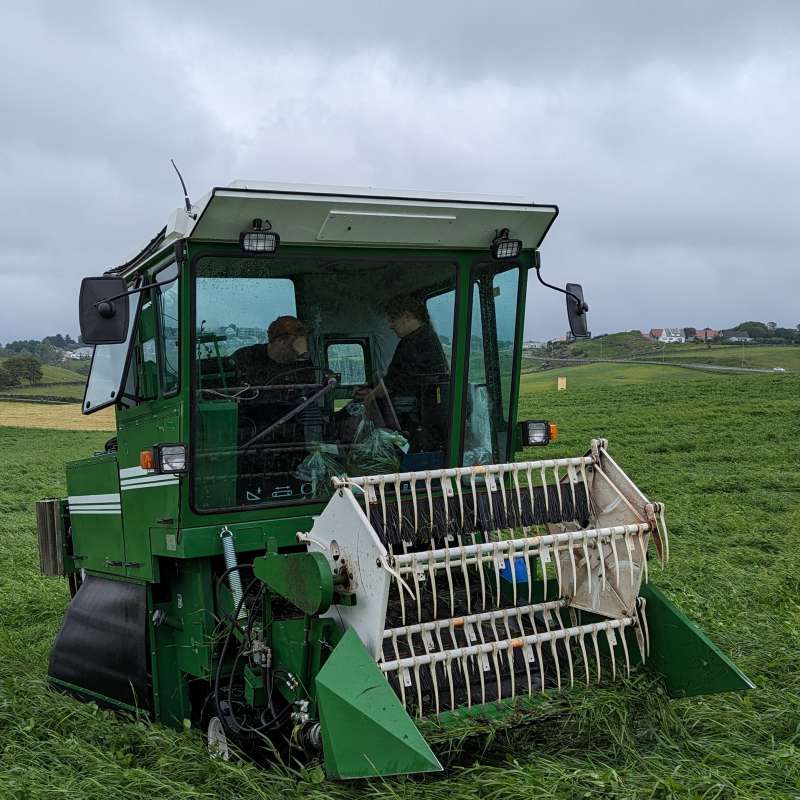
Divisjon for miljø og naturressurser
Næringsstoff balanserer og brukseffektivitet for Timebekken nedbørfelt (Nutrient balances and use efficiencies for the Timebekken catchment)
Næringsbalanser påvirker i stor grad risikoen for tap av næringsstoffer fra land til vannmiljøet og bør derfor forstås bedre. Nutrient balances significantly affect the risk of nutrient losses from land to the water environment, and therefore should be better understood.

Divisjon for miljø og naturressurser
Mitigation measures for phosphorus and nitrogen under changing climate: conflicts and synergies
Nutrient concentrations, loads and stoichiometry (i.e., N:P ratio) in agricultural runoff affect the quality of surface waters. In Norway, the reduction of nutrient runoff is challenged by the sloped landscape, variable weather and changing climate with an increasing number of extreme hydrological events.
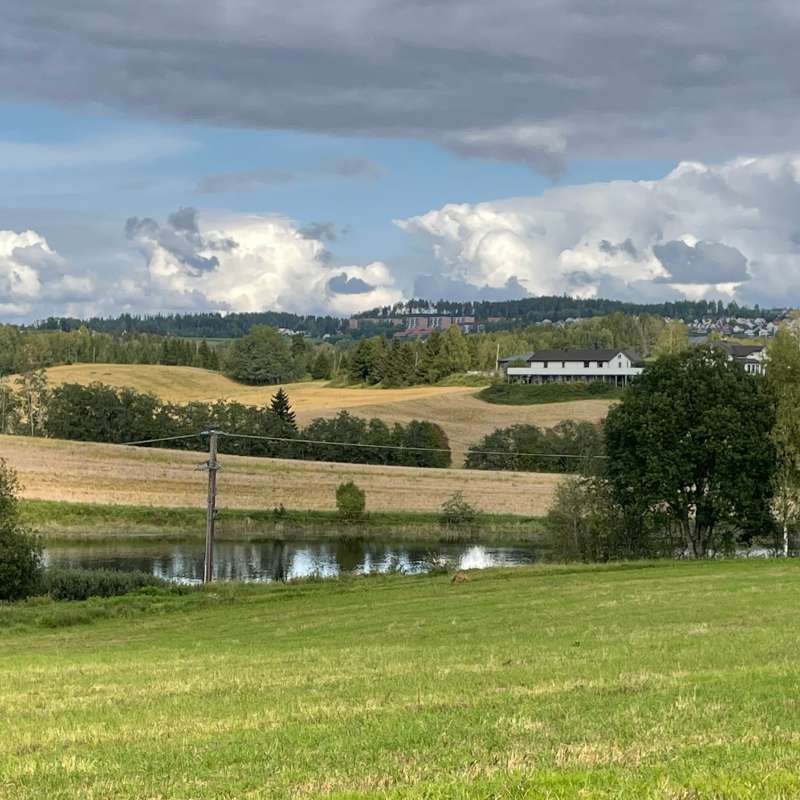
Divisjon for miljø og naturressurser
SOILPROM: Modelling pollutant transport across the soil-water-atmosphere continuum, and impacts on ecosystem services
Developing sustainable solutions for soil pollution. Empowering Global Change by Advancing Soil Health with Cutting-Edge Research and Collaborative Efforts.

Divisjon for miljø og naturressurser
ENGAGE: Europe Nutrient Management - Guided Approaches for Greater Export reduction
ENGAGE aims to operationalise a novel vision for the future of multi-scale nutrientexport reduction and associated ecosystem services in national andtransboundary/international river basins in Europe by bringing together robuststakeholder engagement strategies with coupled state-of-the-art computationalhydrology techniques and online interactive use-tailored DS tool approaches that integrate remote sensing, socio-economic, governance, and society-change decisionelements.
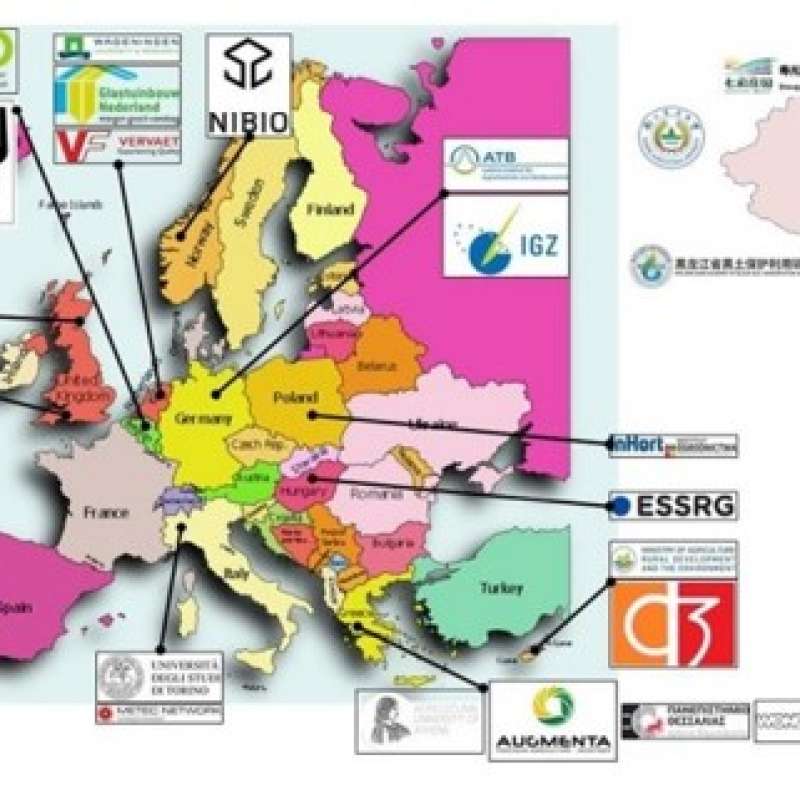
Divisjon for matproduksjon og samfunn
ECONUTRI
Innovative concepts and technologies for ECOlogically sustainable NUTRIent management in agriculture aiming to prevent, mitigate and eliminate pollution in soils, water and air

Divisjon for miljø og naturressurser
PATH4MED: Demonstrating innovative pathways addressing water and soil pollution in the Mediterranean Agro-Hydro-System.
Path4Med is a multi-participatory and multidisciplinary project that will pave clear pathways towards zero water and soil pollution in the agro-hydro-system of the Mediterranean sea basin and other European seas through an innovative triple bottom line approach achieving economic, social, and environmental sustainability to ensure human well-being and ecosystems functioning.
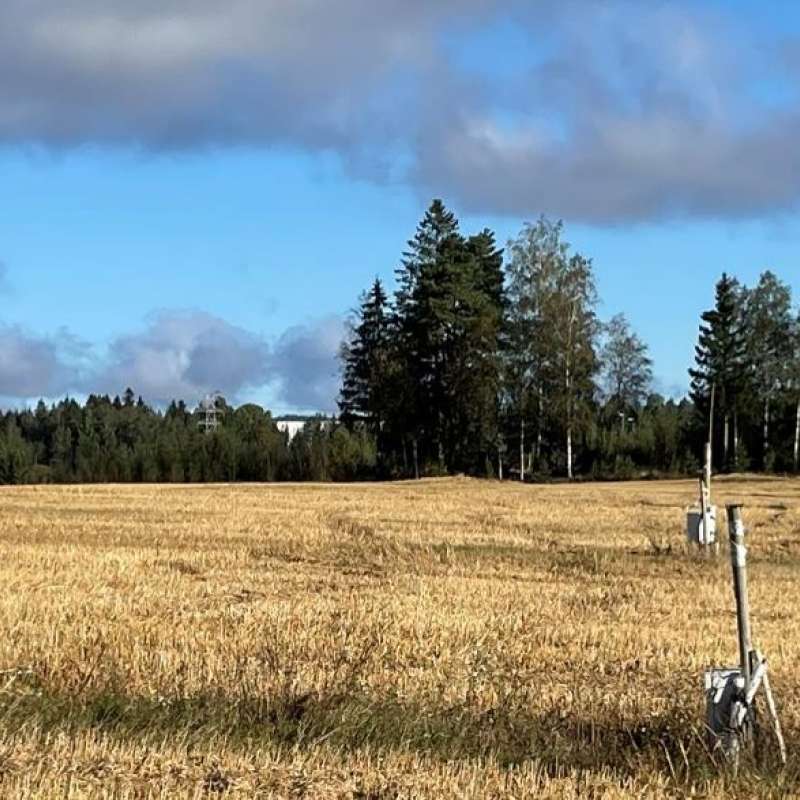
Divisjon for miljø og naturressurser
Precilience: Precision climate resilience for agriculture and forestry sectors in the European boreal regions
Precilience will develop precision solutions with farmers, foresters, landowners, and other actors to increase climate resilience in the Nordic-Baltic regions of Denmark, Estonia, Finland, Norway and Sweden.
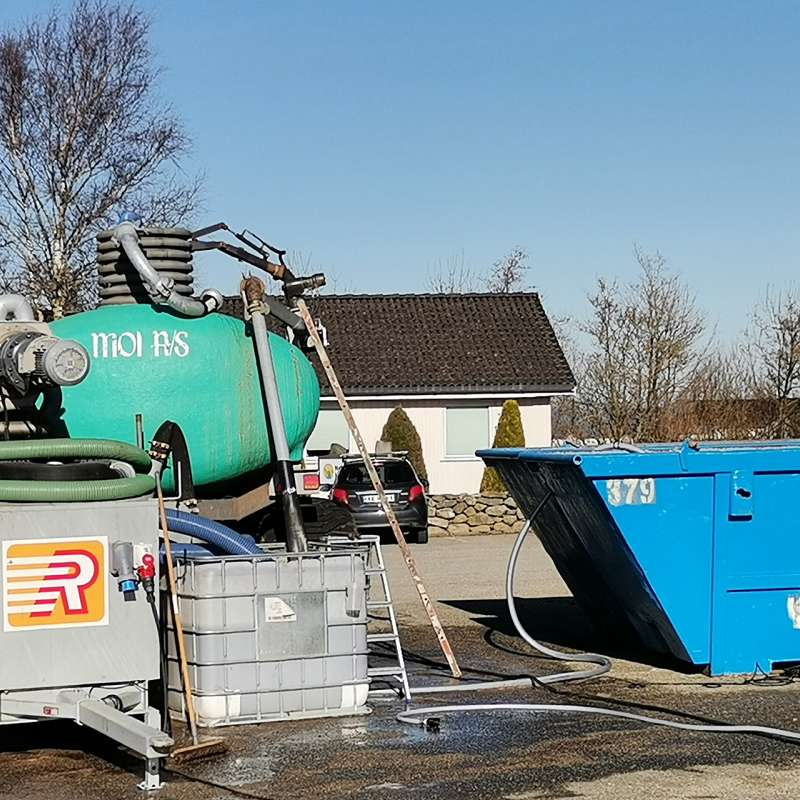
Divisjon for matproduksjon og samfunn
Fremtidssatsning - Raffinering av husdyrgjødsel
I områder med mye husdyr oppstår det miljøproblemer i forbindelse med lagring og spredning av gjødsel, og oppsamling av næringsstoffer i jord. Disse problemene må løses raskt. Vi trenger derfor mer kunnskap om miljømessig og økonomisk bærekraftige systemer for gjødselraffinering og -bruk.
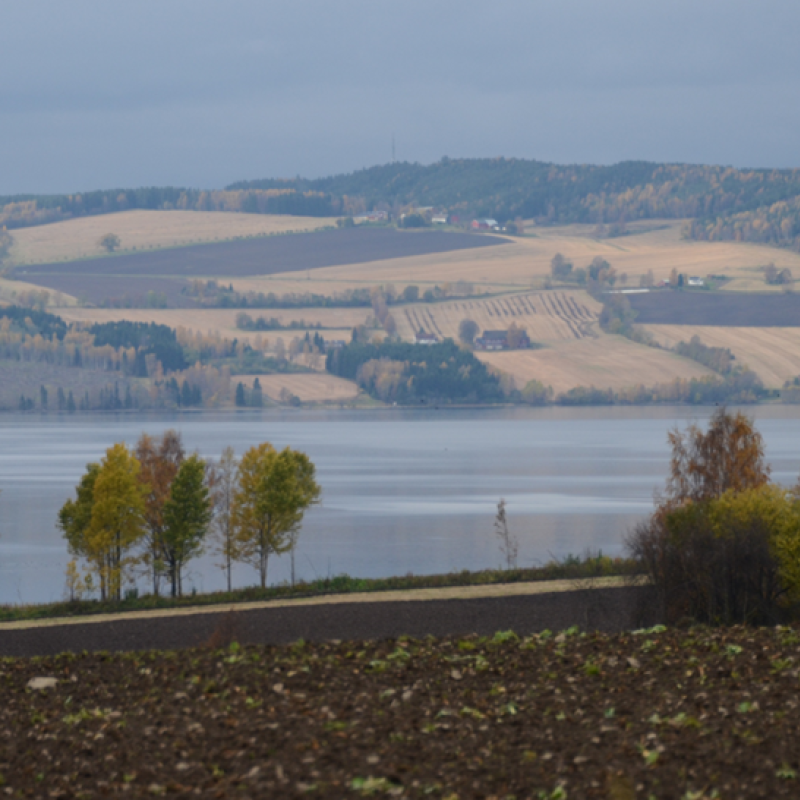
Divisjon for matproduksjon og samfunn
Agricultural mitigation measures and the value of water quality improvements
Agriculture is one of the main sources of water pollution in Norway, and an important contributor to GHG emissions.

Divisjon for matproduksjon og samfunn
Tiltak i landbruket og verdien av forbedret vannkvalitet
Landbruket er en av de viktigste kildene til vannforurensing i Norge, og samtidig en stor bidragsyter til klimautslipp.
